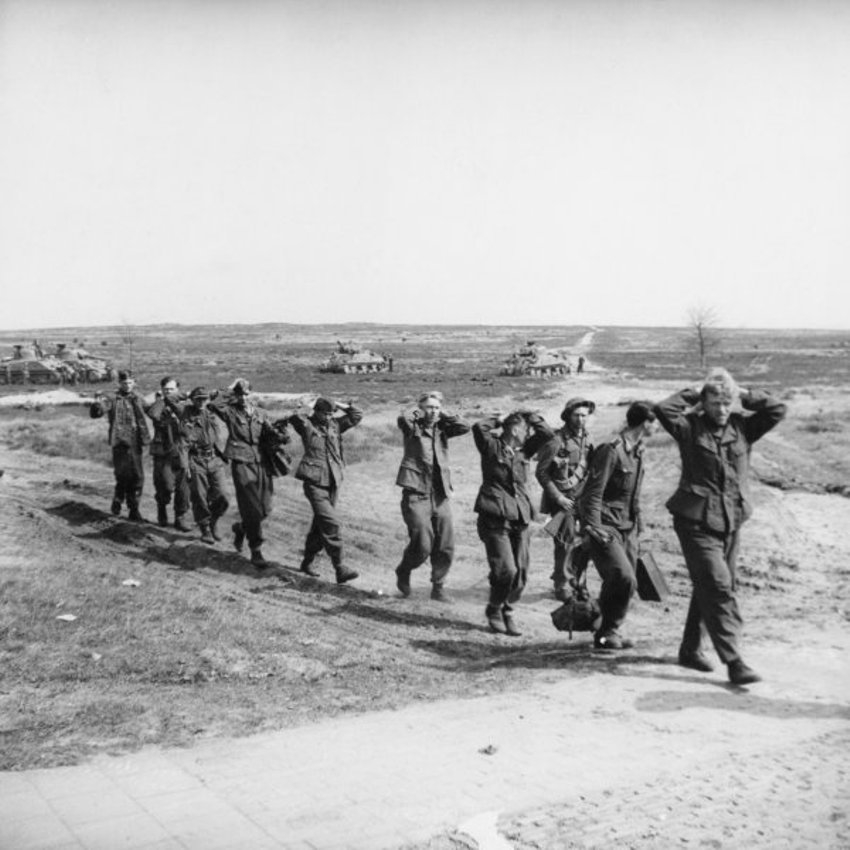May 13, 1945, Netherlands. In Europe, World War II had already ended five days ago. On this day, two German deserters are sentenced to death by a German army court-martial while formally captured by the Canadian army, and shot shortly afterwards using rifles provided by the Canadians. The tragic events in Amsterdam did not come to light until 20 years after the war, and no one responsible for the unlawful killing of two people was ever brought to justice.
On May 5, 1945, Canadian forces slowly moved into the liberated Netherlands, soon reaching Amsterdam as well. “However, the German army in the Netherlands was still a serious force. The Germans still controlled large parts of the Dutch administrative, communications and transport infrastructure. Many Dutch civilians in the first days after the capitulation could not understand why, for example, armed Canadian soldiers marched on one side of the road and armed Germans marched on the other side without disturbing each other. German military formations continued their regular tasks under the surrender agreement,” says the Canadian military is historian Chris Madsen, who has especially studied the events of the end of the war in the Netherlands.
Accordingly, the leadership of the German army in the Netherlands was still responsible for the discipline of its soldiers even after the capitulation. After the capitulation, many Dutch people were outraged that the hated Germans who had occupied the Netherlands for five years were still roaming freely in their cities. Therefore, local activists began to attack and kill lone German soldiers walking down the street in the evening, and even attack German camps. The Canadians even went so far in their tolerance as to return some of their weapons to the Germans to defend themselves against the enraged Dutch.
In mid-May, the Canadians began to concentrate captured German Navy soldiers on the territory of the former “Ford” factory on the outskirts of Amsterdam, according to Madsen. The historian emphasizes that the Canadians freely interpreted the international rules – they defined the Germans captured in the Netherlands not as prisoners of war, but as “enemy soldiers who have surrendered”. Accordingly, even after the war, German units remained in wartime composition with commanders and a leadership structure.
All this “babysitting” by the Canadians with the Germans also led to the tragic events of May 13
2023-07-20 21:00:03
#Death #penalty #barbed #wire #Germans #allowed #shoot #capitulation
